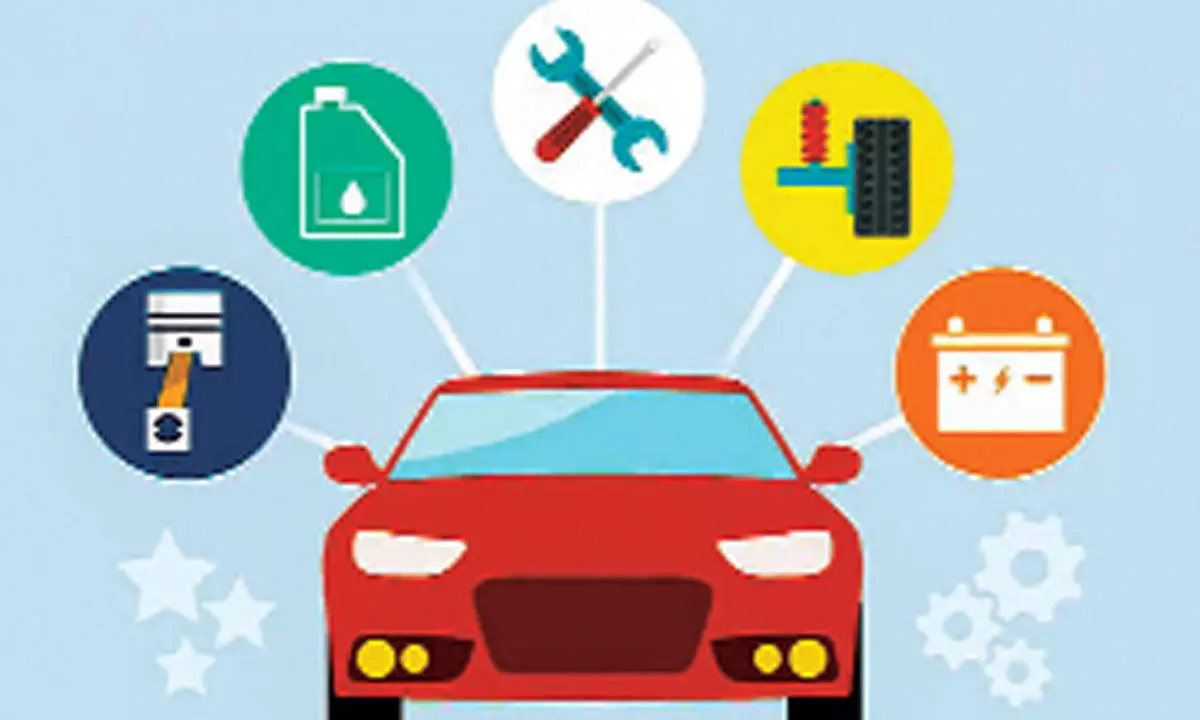Know these features in a motor insurance plan
The price of insurance becomes a greater factor when comparing among insurers, however, one should be aware of the structure, features and compensation on each of the parameters
image for illustrative purpose

Generally, people opt for motor insurance for car or two-wheeler mostly because it’s mandated by law. As per the section 146 of the Motor Vehicles Act 1988, no person can drive a vehicle without proper insurance. This law particularly defines the necessity of insurance against third party risk ie, any act that causes damage to others’ life or property. Hence, we’ve liability only policies (third-party) and packaged or comprehensive policies which cover risk for own vehicle.
The law doesn’t impose any compulsion of insurance upon the self or the vehicle as it’s deemed concerned to the individual while the third-party deals with the possibility of any damage to public and/or their assets. The comprehensive plans come with multiple options that cover varied risks that otherwise would cost the owner in the event of those risks happening.
Most of the vehicle owners would look for bargain and check the price of the insurance while either ignoring or not keenly observing the trade-off. The price of insurance becomes a greater factor when comparing among insurers, however, one should be aware of the structure, features and compensation on each of the parameters.
The IDV (Insured Declared Value) is the most critical factor that decides the premium. This is the maximum amount an insurance company agrees to pay in case of total damage/loss or theft of a vehicle. So, while looking for a cheaper premium one should have their sight on the IDV as a reduced IDV would result in lesser premium but also would result in loss to the owner in case of a risk.
Of course, the IDV of a vehicle is derived from the age, make and type of the vehicle. The older the age, the lower is the IDV as the vehicle value diminishes over time. Though, the insurance company usually does an evaluation of the vehicle to arrive at the correct IDV, broadly, there is a specified range each of the insurers use to provide the coverage. So, it’s not that one could always increase or argue for higher IDV but one is better off to take the IDV into consideration while evaluating the bargains in premiums.
Zero depreciation - Depreciation refers to the decrease in the car’s value over time. At the time of a claim, the insurer would deduct the applicable depreciation to the cost of spares or parts that were used to replace the damaged ones. It means, the owner would have to fund the gap from their own pocket. Though, one has a higher IDV, it doesn’t shield from the cost burden at the time of claims due to the depreciation.
So, in a nil or zero depreciation product or rider, allows the insured to claim the actual amount for spares without any deduction from the insurer. Another moniker for this is the bumper-to-bumper insurance cover. Some of the bumper-to-bumper plans even cover the fiber, rubber materials and metal parts of the car without deducting the depreciation value. Of course, it comes at a higher premium than the base policy.
Engine protection is an add-on cover to the base plan. Engine is the most expensive part of a vehicle. This protects the vehicle’s engine parts, differential parts and gearbox parts against damage due to consequential loss arising out of ingression of water/leakage of lubricating oil. This add-on is useful especially in a flood-prone area where the vehicle is vulnerable to damage due to floods. This feature doesn’t cover the damage to the engine due to wear and tear. Also, the cost of lubricants in the event of leakage and consumable cleansing aren’t covered under this.
Consumable cover is another add-on feature which bolsters the comprehensive risk coverage. Consumables are the commodities that have a specific and limited use. They can’t be reused and need to be replaced after a specific time. In cars, the consumables include engine oil, lubricants, oil filter, nuts, bolts, break oils, etc. The cost of replacement is borne by the owner with a traditional insurance plan. By paying a little-extra premium, this add-on could be provided to the existing plan.
(The author is a co-founder of “Wealocity”, a wealth management firm and could be reached at [email protected])

